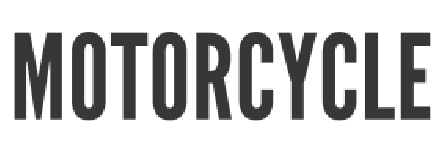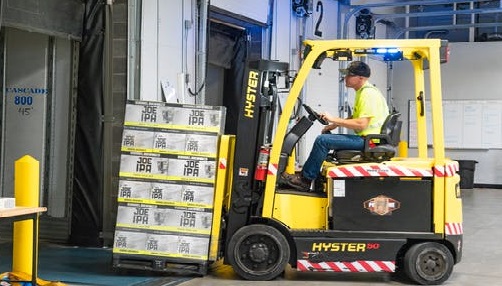There's no doubt that work sites can be dangerous and having the right kind of liability insurance is a must, but nothing can replace the proper safety protocols and procedures that use a pro-active approach to preventing accidents from occurring in the first place.
Our business partners and premier insurance providers at Aviva Insurance shared the following graphics and provided the content written below, with the intent of educating the public about these far too common incidents which affect so many aspects of our personal and work lives each day.
Slips, Trips And Falls
Causes: Slips and trips cause two-thirds of the 42,000 falls suffered by workers each year. Spills, weather hazards and loose mats are frequent causes of slips, while trips are often the result of obstructed vision, poor lighting, clutter or uneven walking surfaces.
How to prevent: Most hazards are easily avoidable with consistent attention to detail and proper maintenance of your work site. Use signage to indicate wet areas and promptly clean up spills. Ensure work areas are clear of tripping hazards and have adequate lighting. Make it imperative that your employees wear properly fitted footwear with appropriate anti-slip soles for their work conditions.
Falls From Heights
Causes: 18% of all workplace fatalities are the result of falls from heights. Inadequate safety protection, misused or poorly maintained equipment, and poorly lit or messy work areas are the causes of most falls from heights.
How to prevent: Protect your workers and reduce your company’s liability by properly maintaining equipment such as scaffolding, platforms and ladders, and training your workers to use them correctly. Install physical barriers, such as guardrails, on elevated areas, and protect openings such as skylights. Keep work areas clear and ensure adequate lighting.
Struck By Moving Vehicles
Causes: Struck-by and caught-in accidents caused 13% of all workplace fatalities in the last 10 years. Many of these accidents are the result of workers being struck by vehicles or equipment. Poor training, obstructed vision on the part of operators, and lack of high-visibility clothing for workers can also put your workers at increased risk.
How to prevent: To ensure safety, your employees should avoid operating vehicles in reverse, or use reverse alarms and ensure that they are aware of and compensating for blind spots. Use signalers and warning/detection systems, and post signs in high traffic areas to warn workers.
Hit By Flying Or Falling Objects
Causes: Over 50,000 workers were injured and 81 died from contact with flying or falling objects or equipment in 2016. Workers are most at risk while working under cranes, scaffolds and other overhead equipment.
Causes: Over 50,000 workers were injured and 81 died from contact with flying or falling objects or equipment in 2016. Workers are most at risk while working under cranes, scaffolds and other overhead equipment.
How to prevent: Creating exclusion zones is a critical safety measure, particularly when large objects are being moved. Wearing appropriate personal protective equipment (PPE), including eyewear and hardhats, can save lives. The use of toe boards, debris nets and properly securing items when working at heights can also help prevent accidents.
Electrocution
Causes: Electrical injuries occur less often on work sites but they are the most fatal. In fact, 1 in 5 critical injuries and 1 in 18 non-critical injuries involving electricity result in death. The danger comes from both electrical shock and arc flash. Most electrical accidents are the result of improper maintenance or grounding of the equipment, unsafe operations around power lines and conductors, overloaded circuits, or exposed electrical parts or improper wiring. 70% of accidental contact with power lines in the past 10 years has occurred at construction sites.
How to prevent: Avoid storing equipment and machinery under power lines, as high voltage electricity can travel through the equipment causing electrical shocks. Warning signs should be posted and visible at night and in all weather conditions. Having a signal person in place when moving equipment around power lines and conductors can prevent accidents, as well as ensuring that workers maintain a minimum clearance from overhead electrical wires and power lines when working on ladders and scaffolds. PPE for those working with or around electricity should include Class E hardhats and safety boots designed to prevent electrical shock.
Protect your workers and your business with the right protocols and safety procedures, and the proper insurance coverage.
Preventing accidents should be your first line of defence against workplace accidents. But in the event of accidents, your second line of defence is being protected with adequate insurance coverage. A province's governing Health and Safety Insurance Board, like the WSIB in Ontario, will cover most workplace injuries, but the type of workers eligible for this coverage can vary, particularly outside of Canada.
Ensure your subcontractors have sufficient commercial general liability (CGL) insurance coverage and are paying into their provincial Health and Safety Insurance Board. Wrap-up liability insurance can also minimize risk as it provides shared and uniform liability coverage for both the contractor and subcontractors.











No comments:
Post a Comment